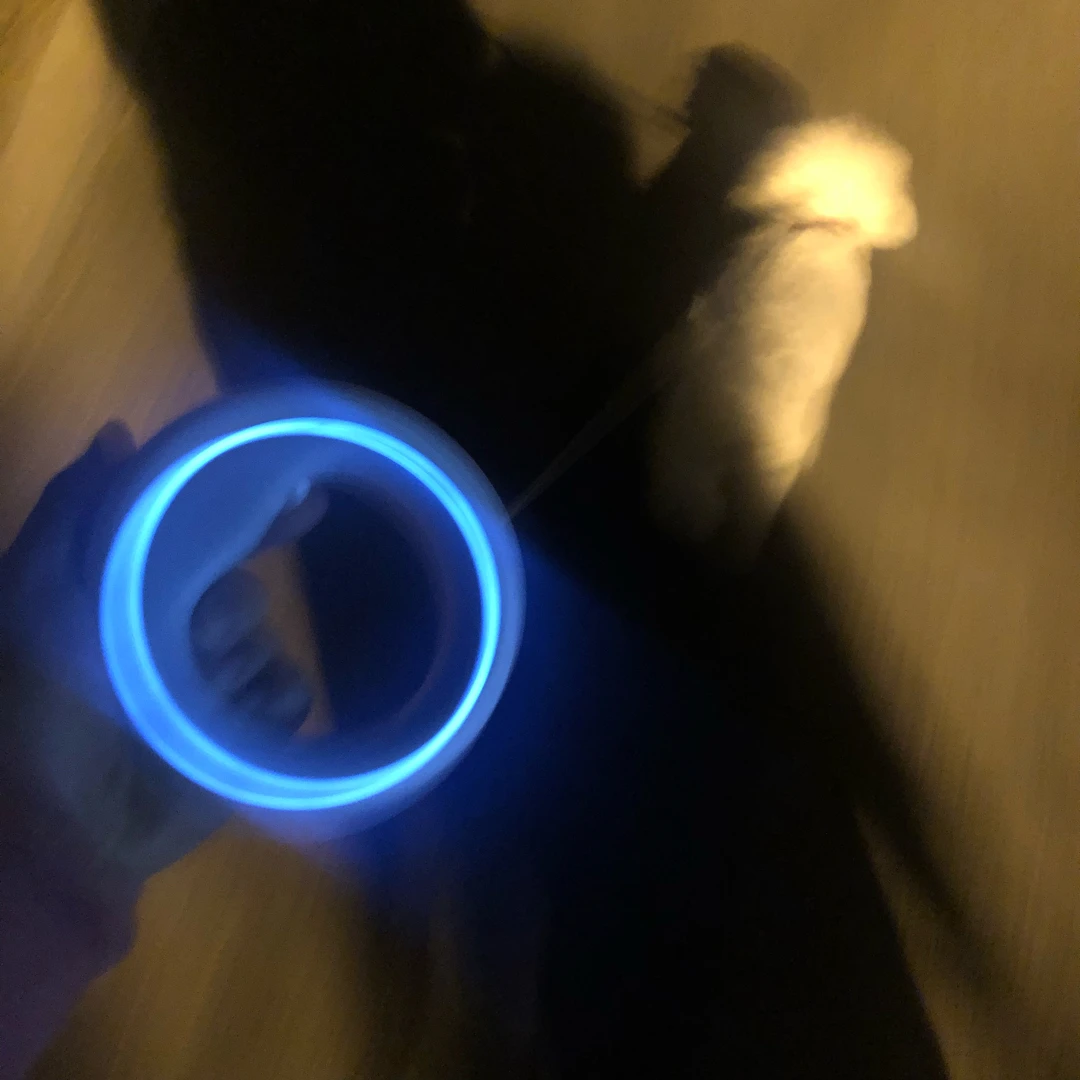
This allows a stand-alone application that switches between charging the battery and boosting the battery voltage to power the 5V rail, allowing it to function properly without intervention from a host. It can be programmed to automatically switch between charge mode and boost mode based on the presence of the input power. The MAX77818 is used for its programmable charge capability and runs up to 3A with an appropriate supply. The MAXREFDES96# uses a variety of Maxim devices to make a charger, fuel gauge, and data-logging battery-backup system. The MAX77818 automatically switches between charge mode and boost mode without host intervention to allow the board to switch from battery charging to boosted voltage this allows the board to run in stand-alone battery-powered applications. Additionally, the included DS3231M RTC and a micro-SD card socket allow for data logging with timestamps. The MAX77818 boost circuit can power the Arduino and MAXREFDES96# while disconnected from a power supply. The board comes on an Arduino Uno R3 platform. The MAXREFDES96 includes the MAX77818 battery-management PMIC (charger only) and the MAX17201 MAX17201 ModelGauge m5 fuel gauge to demonstrate Maxim’s battery-management technology. An Arduino-compatible display can be added for more detailed data display. Status and battery state of charge (SOC) is displayed on three LEDs. An SD card interface is provided to enable data logging up to 32GB of data. The board can be operated tethered to a power supply or computer to charge a battery and operate untethered to use the battery to power the Arduino board. Leaving it to OP to draw, so it can be checked.The MAXREFDES96# is an Arduino Uno R3-compatible board that provides battery charge, boost, and data-logging capabilities. That could be compensated with a resistor across source/drain of the mosfet. Only problem could be that the pull down resistor on the gate draws some battery current (~4uA). The regulator should be ok with ~4volt on it's output all the time. High value (>=1Megohm?) pull down resistor from gate to groundįet source to +batt and drain to 5volt rail. Opto transistor between source and gate of a p-channel fet. (assuming Vin is at least 2volt above Vout of the regulator). Opto LED (with CL resistor) across the regulator, anode to Vin, cathode to Vout. Maybe better to detect if voltage across the regulator drops below the dropout voltage of the regulator (~0.5volt) with e.g.

The mosfet is not turned on until VCC drops below (Vbatt - Vgs(th) - BAV70 drop).Īre you sure the Arduino is fine with that. I doubt supply>battery takeover will work smoothly with that circuit. This shorts out the diode so you don't have the diode drop wasting power in normal operation. However the body diode always conducts, which brings the source up and allows the MOSFET to actually turn ON.

When you plug in the battery, the Drain immediately goes up to the battery voltage but the MOSFET is still OFF because the gate is not more negative than the source. The Source is actually the pin connected to the circuit. Before the battery is connected, source, gate and drain are all at the same potential and it's OFF. In that mode, the normal battery connection is "backwards" to the textbook description that John quoted. Additionally, the body diode doesn't conduct. If the battery is hooked up backwards, then the gate is positive with respect to the source and the MOSFET is OFF. The way you've got it is the usual direction used for reverse-voltage protection. You can just turn it around and solder it the other way. If the MOSFET is a common TO-220 case, then it's probably got the gate on the middle pin.


 0 kommentar(er)
0 kommentar(er)
